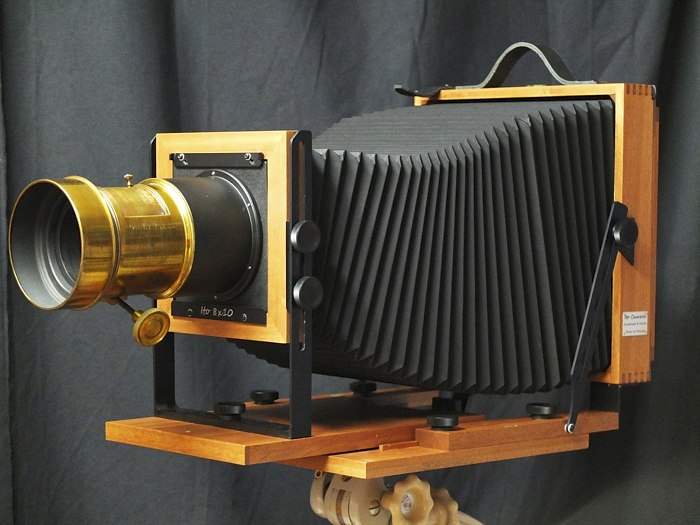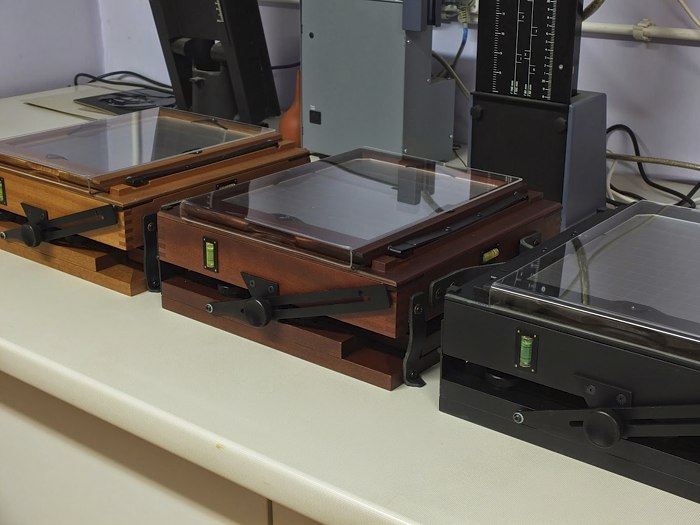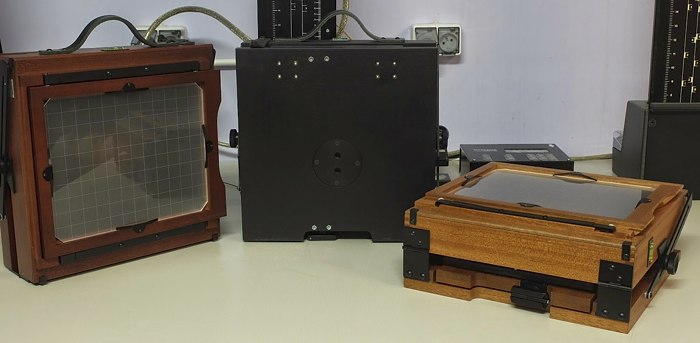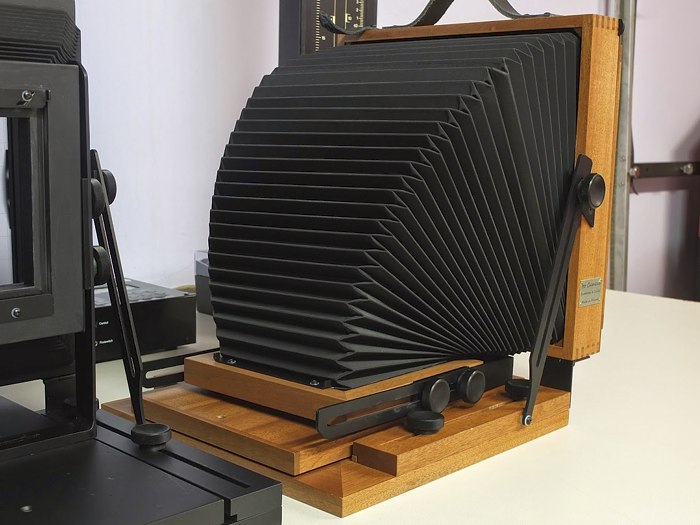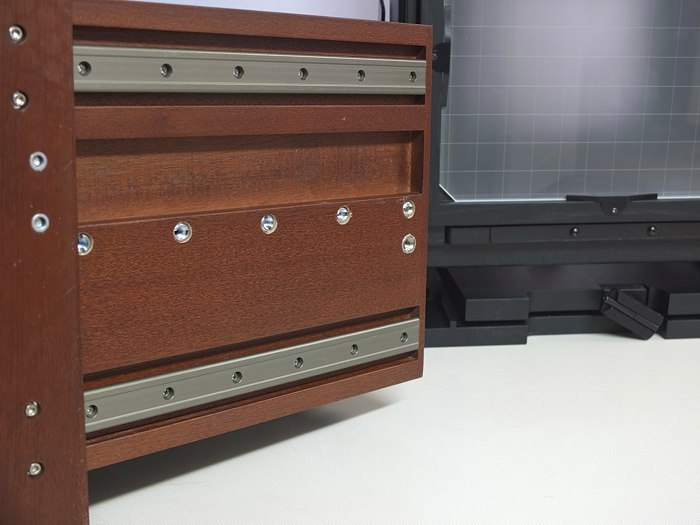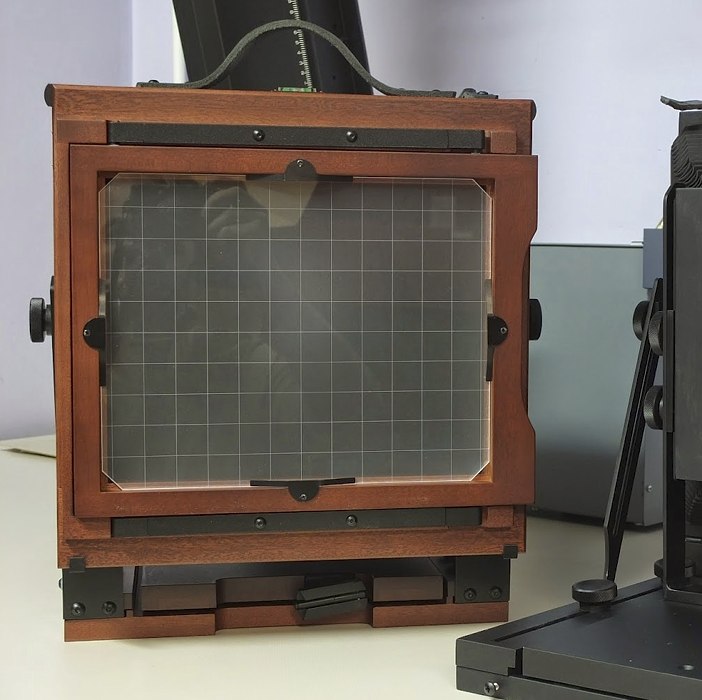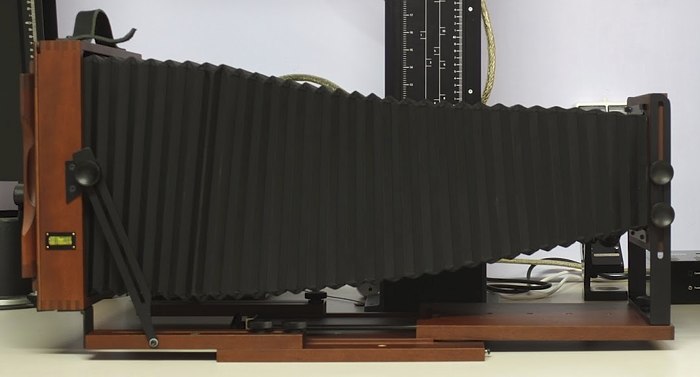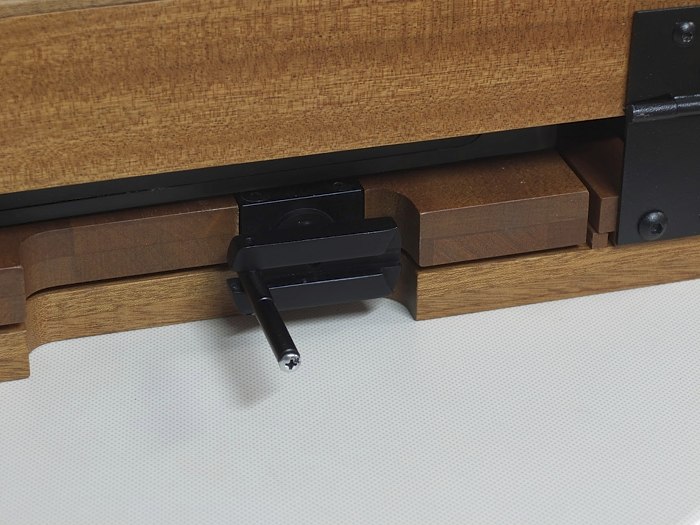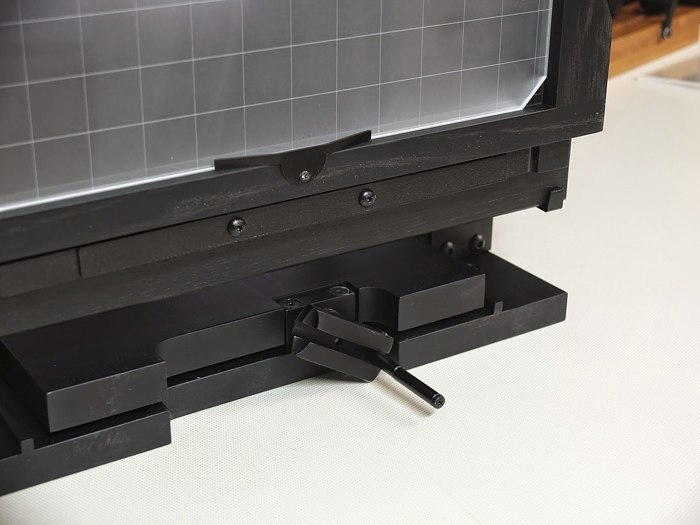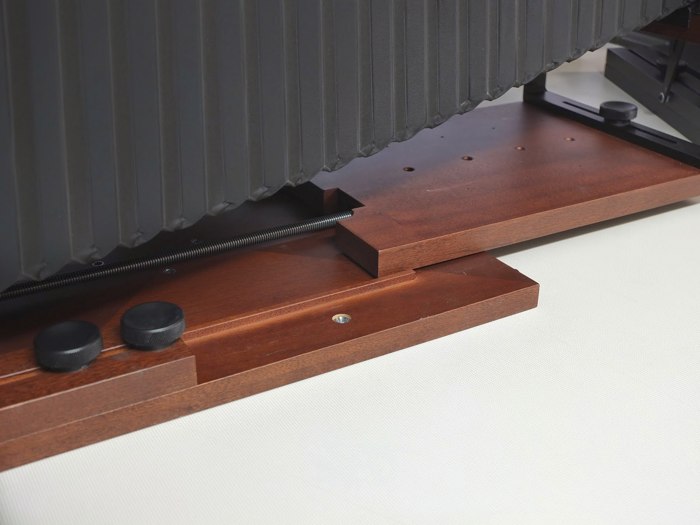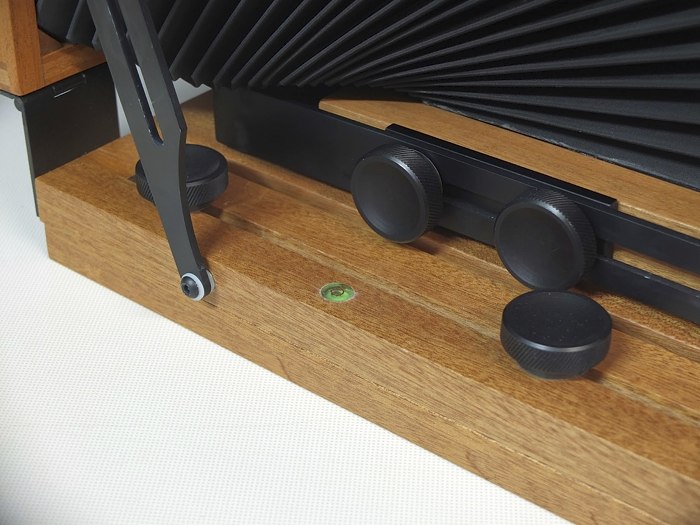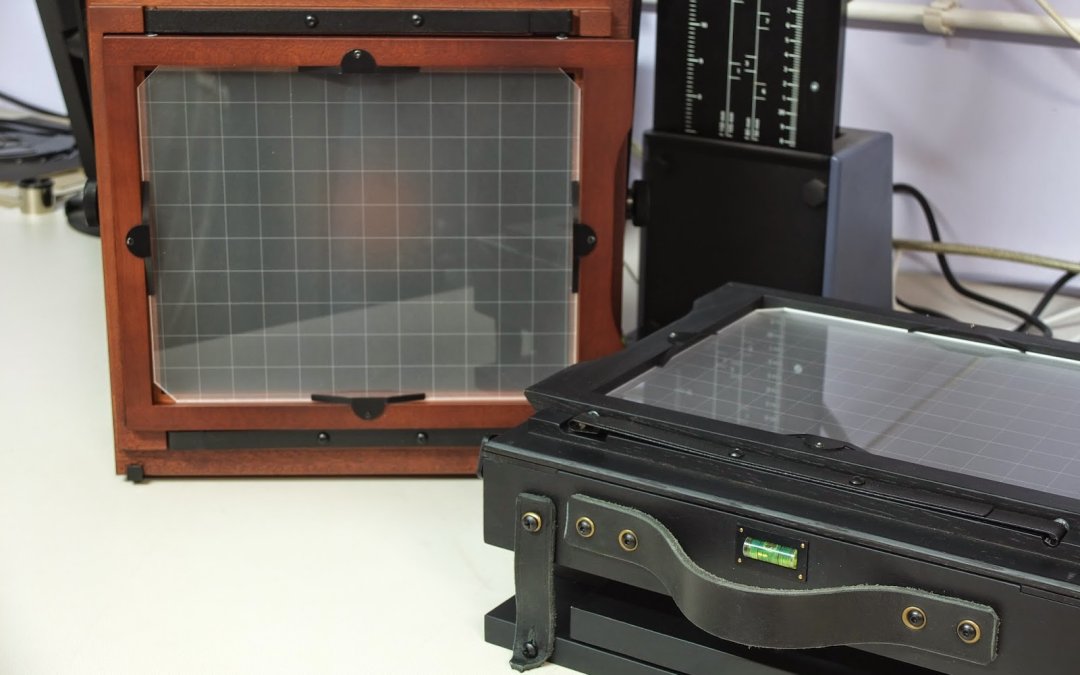Svedovsky 8x10 First Look
Hubert Banaszkiewicz
After a couple of years of contradictory information, uncertainty and wating it is finally there…! Stanislaw Szwedowski decided to create an outdoor 8×10 camera which wouldn´t have the typical faults of 8×10 outdoor cameras and be at the same time lightweight, durable and beautiful.
To be honest I did not expect to get to see such a great camera. Opinions one can find on the Internet are often biased by the positive impression of the reviewer-owner and only after buying it shows whether the camera is indeed as good as expected… These are not cheap toys and in my case it took some time before I found a perfect camera for my purposes: it is a Canham Traditional 8×10. In this review therefore, I allow myself to compare some features of Svedovsky to the Canham – a camera coming from a completely different price range, anyway (about 4100 $ + custom fees and tax).
Stanislaw´s cameras are made from glued mahogany layers, a fact which assures the maximal wood stability and increases its resistance to time-related changes. This is very important because once the wooden elements of a camera start to buckle they usually need to be completely replaced or at least refixed in a high degree. This is not a nice thing to do… Svedovsky 8×10 is available in three different colours: natural wood, black and red mahogany.
The design is well known: first of this kind of cameras were produced by Philips, today they are made by Shen Hao and Chamonix.
1. The rear standard can be tilted (base tilt front 70°, back 10°)
2. The front standard is led by two powerful titanium rails
Thanks to these solutions the rear standard is much more stable, the camera gains size and weight, and the front standard is so extremely stable that it far exceeds all outdoor cameras that I have ever known. It can be easily compared in this context to a Sinar „Norma“ (not to confuse with Sinar F or P).
What does it mean for photographers who like using long focal lengths? For a 8×10 negative long focal lengths start from 480 mm on, at which lens the majority of cameras turn into shaking toys… One starts waiting for the wind to stop blowing, at the same time trying to shorten the exposure time as much as possible. With a filter on and a small apperture typically used in landscape photography (for this particular focal length f45 and more)… it is an impossible task.
A similar problem can be observed in pictorial photography where using long but tiny and lightweight antique lenses often requires to extend the camera bellows maximally. Only after developing the negatives we discover that a part of them is unsharp. (Unfortunately, even my Canham doesn´t positively stand out here and shakes like a cloth at the max. bellows extension of about 97 cm. One feature helps though, it has namely a monopod support which can be fixed underneath the front standard, and stabilizes the camera. Svedovsky 8×10 has a similar support but I do not think it would ever be necessary. This camera has just an incredible stability. Titanium rails leading the front standard
Focusing knob. Also the focusing assures stability: The leverage is small and sometimes it means turning a lot but thanks to this the precision of focus is amazing and and shaking issues could be eliminated. Big applause here!
The lens board is based on Sinar system, so both, Sinar and the wooden lens boards that come with the camera fit without problems.
The focusing screen is simply great. The front standard has individual knobs for regulation: one pair for the up-down shift and another for the forth-back tilt. The two independent regulation possibilities are a useful feature. In many other cameras it drove me crazy to losen one pair of knobs responsible for two things and see that I can´t lift up the standard without changing the angle of tilt. In case of Svedovsky 8×10 (just like in Canham cameras), this is the way it should be done.
Another nice extra thing is a tiny spirit level placed in the bottom (not on the top) – a hard to overestimate feature, usually missing in outdoor cameras where you have to stand on tip-toe in order to see the spirit level situated on the very top of the camera (like in case of Canham). Apart from this one, Svedovsky 8×10 has two more spirit levels placed on the side and on top, as well.
The maximum bellows extension is 80 cm. This allows granting all possible photographer´s wishes. And the camera… stands still like a rock. Just about everything can be done with it: a tight portrait with a 500 mm lens on? No problem… A landscape with a 65-70 cm monocle lens? No problem at all…
It doesn´t matter if you go for a walk with a „basic“ 8×10: a 210 mm wide angle, a 300 mm standard and a 480 mm long focal lens – working with this camera is a pure pleasure. At the 210 mm lens the bellows slightly limits the movements of the front standard – this must be said – but it is a normal situation while using long bellows. Luckily it is possible here to exchange a bellows if one desires to get absolutely unlimited possibilities or wants to apple small beasts like Super Angulon 165 mm or Grandagon W 155 mm.
And all this at the weight of… 5,2 kg… Canham and Chamonix are about 1 kg lighter, but this only at the cost of much worse stability of the camera. Canham offers almost absurdly huge possibilities, while Chamonix doesn´t offer anything instead…
Svedovsky 8×10 comes with a focusing screen cover and two lens boards (shutter #1 and #3). I am now looking forward to hear about the final price of Svedovsky 8×10, which most probably is going to be amazing. If you´re looking for a great 8×10 outdoor camera, I suggest you wait a tiny bit more…
At the end: an almost 2 kg heavy beast of Tele Anachromatique 400 mm doesn´t impress the stability of Svedovsky 8×10. This camera could probably handle a 3 kg lens, as well.

